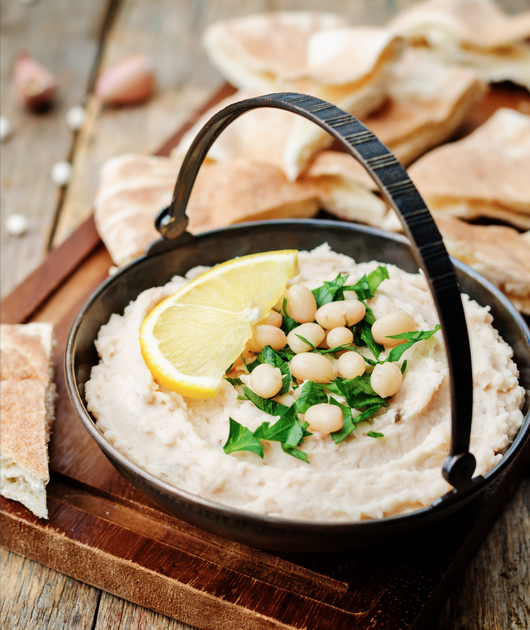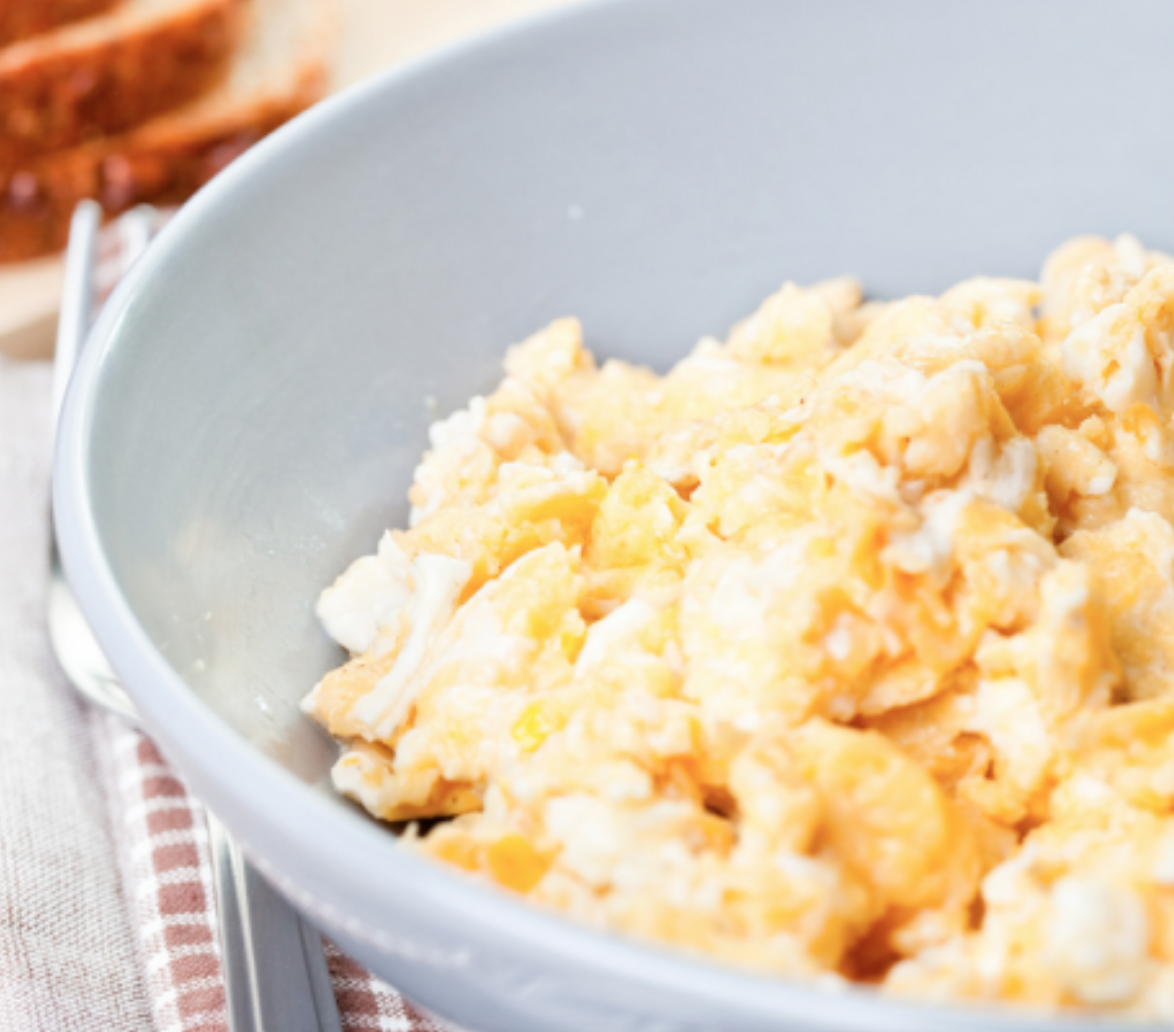FOOD COMBINING FOR MAXIMUM BIOAVAILABILITY

FOOD SYNERGY!
This write-up is not about food combining for obtaining adequate protein on a plant-based diet, in fact,”… the concept of “protein combining” came into vogue—literally, the February 1975 issue of Vogue magazine. The concept was that we needed to eat “complementary proteins” together, for example, rice and beans, to make up for their relative shortfalls. This fallacy was refuted decades ago. The myth that plant proteins are incomplete, that plant proteins aren’t as good, that one has to combine proteins at meals—these have all been dismissed by the nutrition community as myths decades ago, but many in medicine evidently didn’t get the memo. Dr. John McDougall called out the American Heart Association for a 2001 publication that questioned the completeness of plant proteins. Thankfully though, they’ve changed and acknowledged that, “Plant proteins can provide all the essential amino acids, no need to combine complementary proteins.” “
- https://nutritionfacts.org/video/flashback-friday-the-protein-combining-myth/
Instead, let’s talk food synergy, when nutrients complement one another and have a greater effect on our health. Essentially, greater bioavailability, or greater nutrient absorption.
A bit more about food synergy here:
https://nutritionfacts.org/video/food-synergy/
My top food synergy favorites:
1. Iron and Vitamin C
Non-heme iron found in plants (as opposed to heme iron found in animal products) is a bit more difficult for our body to absorb, unless, that is, if you accompany the iron containing food with foods higher in Vitamin C. Leafy greens, legumes (beans), whole grains, mushrooms and tofu, along with vitamin C-rich foods like citrus fruits, strawberries, tomatoes and red bell peppers is the formula! Eating a source of iron with a source of vitamin C will help your body absorb iron even better. The key is to always get our iron from food unless our healthcare provider recommends otherwise. For some, a supplement may be necessary, but you shouldn’t start taking one without discussing it with your doctor first.
Here’s an easy recipe for hummus that combines iron and Vitamin C. http://stlveggirl.com/recipes/clean-slate-hummus/

2. Turmeric and Black Pepper (and some fat!)
Curcumin is the compound in turmeric with medicinal effects. Its potent anti-inflammatory and strong antioxidant properties are enhanced by 2000% by this combination. Adding a whole food with a higher ratio of fat also helps.
Here’s a recipe for my Tofu Scramble (add a few slices of orange to bump up the iron absorption in the tofu) which also uses turmeric and freshly ground black pepper.
More information on this: https://pubmed.ncbi.nlm.nih.gov/9619120/

3. Vitamin D and Calcium
These vitamin and mineral powerhouses help to build bones, fight auto immune diseases, fight infections and even help ward off depression.
When you expose your skin to sunlight, your body has the ability to trigger Vitamin D synthesis. Plant-based sources of Vitamin D are not as plentiful as found in animal products, but it still plentiful enough! Mushrooms exposed to UV light contain significantly more available of the vitamin, than those grown in the dark. I’d also suggest when buying your whole grain cereals, plant-based milk beverages or orange juice, opt for the Vitamin D fortified selections.
Vitamin D form causes a flood of effects that increases the absorption of dietary calcium in the intestines. Calcium is abundant in tofu, Brussels sprouts, collard greens, cauliflower, broccoli, oranges, strawberries.
4. Green Tea and Citrus
I’ll admit I’m more of a coffee girl, but I do try to get green tea in a few times a week, but never without a slice of lemon to boost the antioxidant power of green tea. “Results suggest that complementing green tea with either citrus juices or vitamin C likely increases the amount of catechins available for the body to absorb.”
I sometimes wonder if green tea (and lemon!) is not the most powerfully health promoting substance on earth.
-
It is rich in polyphenols, which are natural compounds that reduce inflammation and help fight cancer.
-
It’s packed with catechins (ECGC) that are natural antioxidants that protect our cells from damage and thus, many chronic diseases.
-
Brain health. Green tea has less caffeine than coffee, but it also has an amino acid called L-theanine, which, when combined, boosts brain performance.
-
This study shows that drinking green tea may significantly reduce the risk of cardiovascular disease, that can lead to a heart attack.
-
Suffer from kidney stones? Try adding green tea to your daily regimen.
Do you know about our STREAMING PLUS membership?
Our membership is built like a streaming service - you get a full library of plant-based cooking classes to watch whenever you want. PLUS, you gain access to upcoming interactive virtual cooking classes and a monthly accountability group call.
As a member you get:
-
Complete library of all past virtual classes - stream them whenever you’d like!
-
Free access to upcoming virtual classes
-
Library of easy and quick recipes: 100 and growing
-
Access to private Facebook group
-
Monthly accountability check-in and support group Zoom call with Caryn
-
Quarterly “Ask the Doc” call with Dr. Jim Loomis, our Medical Director
-
20% off all virtual multi-week programming
-
A community of support
To learn more, please visit us here.

